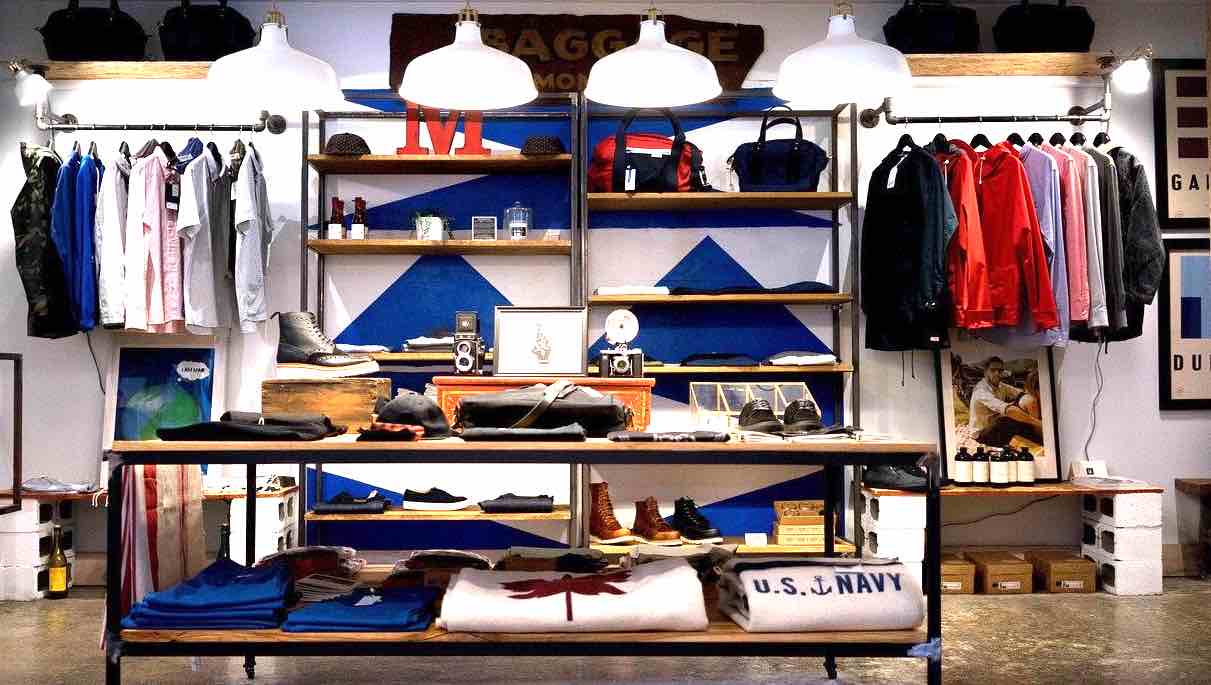E-commerce has been very successful in recent years.
And with good reason: it’s a business that’s fairly simple to set up, and can sometimes bring in a lot of money.
However, to become a distributor or reseller and achieve satisfactory results, it’s vital to know how to set up a solid project, from inception to completion.
This is the most common pitfall.
You’ll find many testimonials from entrepreneurs who failed to make more than a few sales.
Generally speaking, these people were either unaware of the key stages involved in setting up an e-commerce store, or failed to take advantage of them.
If you’re thinking of moving into online distribution or resale, here are a few pointers on how to set up an effective project.
You’ll also find the common mistakes that beginners make, so you can avoid them.
What’s the difference between a distributor and a reseller?
Before getting to the heart of the matter, I feel it’s necessary to remind you of the terms distributor and reseller.
If you’re just starting out, you may not know the difference between them.
Generally speaking, it won’t change your way of working much, but it can have an impact, whether with your suppliers or your customers.
In both cases, you present yourself as an intermediary between the manufacturer and the customer.
You don’t sell your own products, but you act as a showcase for the partners from whom you buy.
It’s on this intermediary transaction that you earn money (the so-called margin).
Quite simply, this is the basis of commerce, whether online or physical.
- Retailers have a very varied catalog.
Whatever the product category, the retailer buys from several suppliers or brands, to give the customer the choice of buying what he or she wants. - Distributors, on the other hand, are generally tied to a single supplier or brand.
They benefit from the brand’s image, and remain loyal to a single partner.
Distributor or retailer: Which business model should you choose?
Whether you’re looking to become a distributor or a retailer, there’s one question you need to answer.
It concerns the business model you want to set up.
There are several possibilities, each with its own advantages and disadvantages.
Become a retailer
This is the most traditional way of doing business, whether online or offline.
Retailers are the last line of the sales system, as they deal directly with individual customers.
The principle is simple: buy from wholesalers to benefit from advantageous prices, then resell the products individually to customers.
While this method is very common in the physical retail sector, it does have a few drawbacks.
Retail sales require a certain amount of storage capacity, as well as strict organization for stock control, order management and deliveries. 
Wholesale
Alternatively, you can move further up the sales chain by simply becoming a wholesaler.
In this case, you are addressing a more professional clientele, in particular retailers, as we have just seen.
But if the question of storage is already present in retail sales, it obviously becomes even more important for wholesalers.
What’s more, it requires good communication and negotiation skills, since you’ll need to work directly with manufacturers, then manage to resell your products in large quantities while maintaining a financial margin.
Dropshipping
Dropshipping is undoubtedly the simplest and most effective way to set up an e-commerce store.
With this solution, everything is simplified for the merchant, especially as there are numerous tools available to make stock and order management much easier.
More concretely, dropshipping requires nothing more than setting up a website.
The merchant doesn’t need to store the goods, as they are delivered directly from the supplier to the customer.
You are, however, the guarantor of the quality and conformity of the product, since the purchase is made from you.
Choosing the right products and suppliers
Whatever management method you choose, it’s vital to know how to select your partners and the products you sell.
Never forget that, as an intermediary, you have a responsibility to your customers.
This means offering quality products and providing after-sales service.
But beyond the question of conformity, it’s essential to know how to find the product or products you want to sell.
Every entry in your catalog needs to be carefully thought through, whether it’s in line with your store’s theme or a commercial trend. 
Avoid common mistakes as a distributor or reseller
Most people who have failed in online business have actually made mistakes they could have avoided.
When planning your project, always keep the following tips in mind:
- Choose original products or a new concept.
- Don’t choose your suppliers at random.
- Develop a real brand image and bring your store to life.
- Never neglect SEO and communication.
Create a professional, high-performance website
Once you’ve established your project, all that’s left to do is implement it.
Even if the thought and conceptualization are of the utmost importance, you mustn’t neglect the resulting website.
After all, it’s nothing less than your shop window.
It’s what your customers will see first.
And it’s never too often said that the first impression is always the right one.
That’s why you need to offer your visitors an interface that’s effective at first glance, as well as smooth, straightforward navigation to enable them to place orders easily.
If you’d like to get your store up and running efficiently, I invite you to contact me so that we can make your project a reality and make it a success right from the start. As an e-commerce consultant and Prestashop expert, I can help you develop a high-performance online store.


